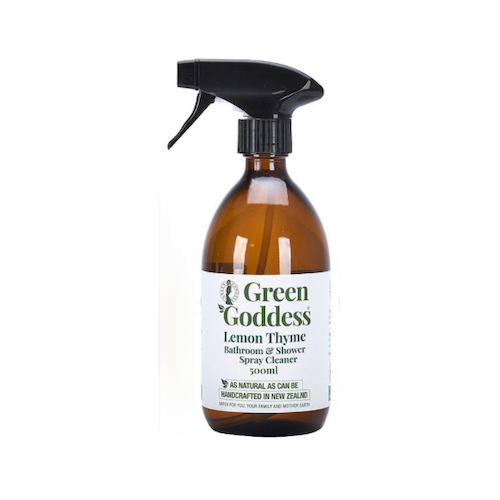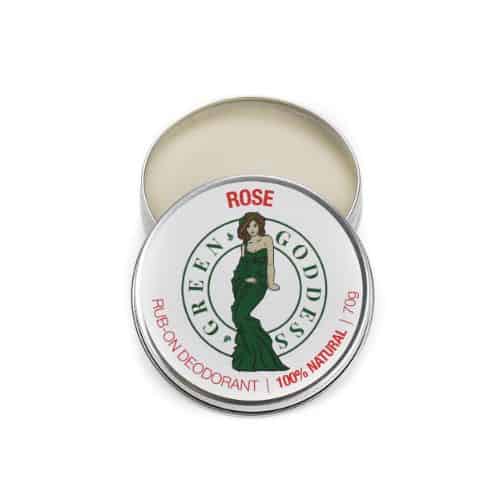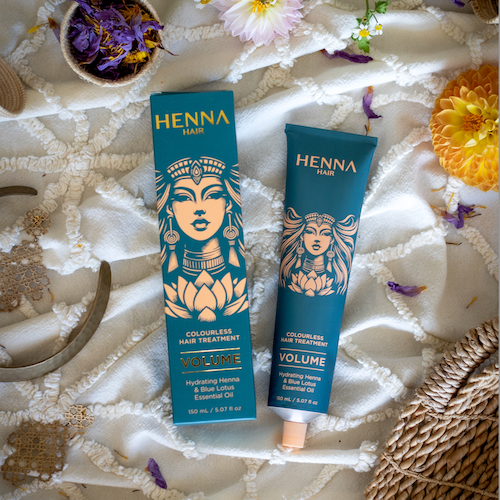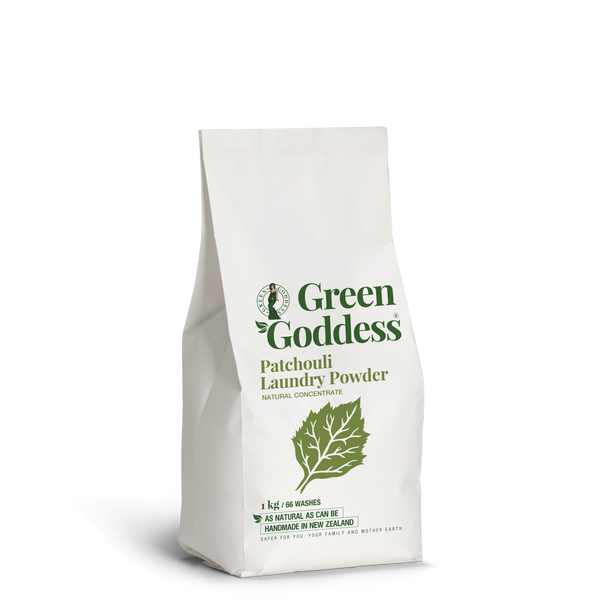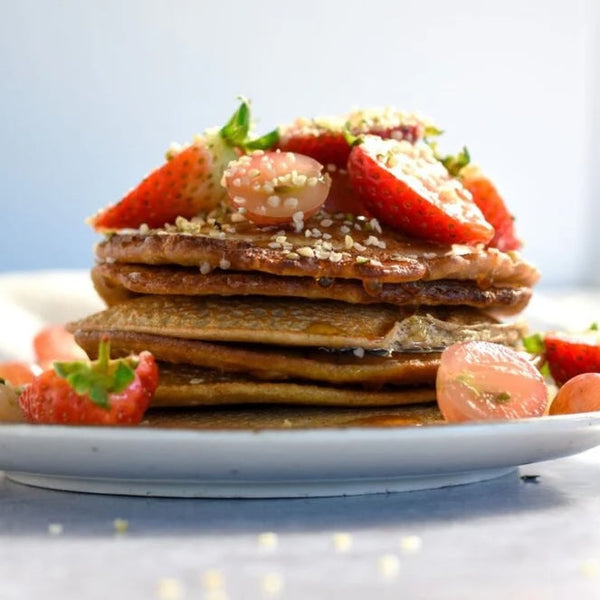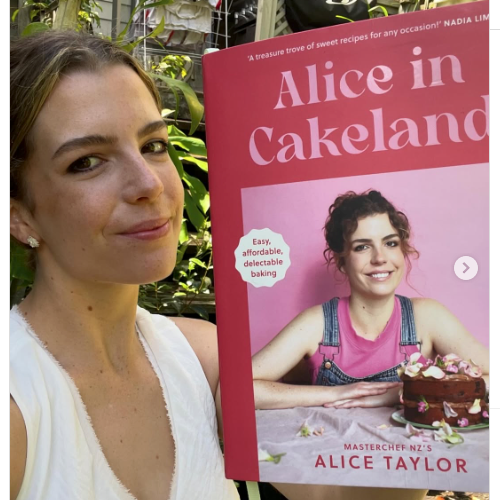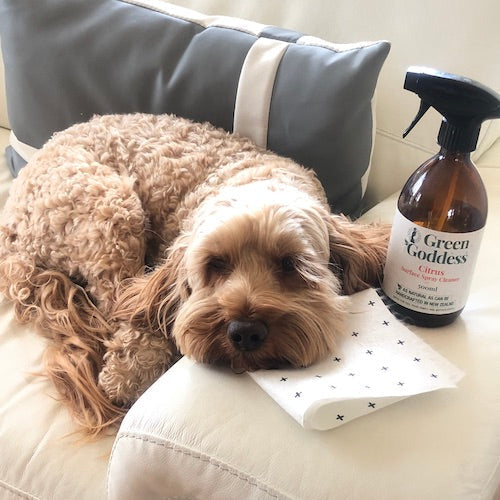(Save $13.45)
(Save $2.85)
Why Choose Green Goddess?
Our Eco friendly laundry powders, natural cleaning products and our body care range have been carefully formulated with a focus on quality, sustainability and value for money. From sourcing through to packaging and shipping, every step has been considered with you and Mother Nature in mind.
All of our Eco friendly laundry, cleaners and body care products have no toxins to aggravate allergies or hinder the immune system. There are no harmful substances to leach into the environment when you use Green Goddess laundry, cleaning and natural care products. Even our baking soda is mined, not man made like most in the world today. All paper packaging is home compostable. Liquids have glass options so these natural products have less impact on the environment.
So whether you want anything from an apple cider vinegar recipe, to washing soda or anything in between, at Green Goddess we have a product that is value for money and friendly to the planet.
Vegan Protein Pancakes
These delicious Vegan Protein Pancakes are gluten-free, nut-free, and completely free from refined sugar. Naturally sweetened with dates and apple, they’re full of protein, fibre, and healthy omegas. Light, fluffy,...
Read MoreAlice Taylor – Real Food For Real People
If you love good food that doesn’t cost a fortune, you’ll definitely want to know about Alice Taylor from @alicetayloreats. You might recognise Alice from Master Chef New Zealand, where she...
Read MoreThe Pet Owner’s Guide to Cleaning
If you are a pet owner, you are already all too familiar with the difficulties posed by getting rid of all the hair, paw prints and food stains our beloved...
Read MoreCustomer Reviews
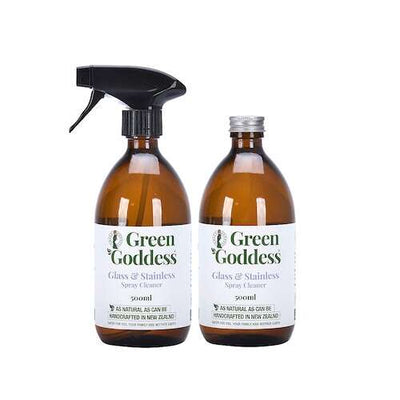
Karen I.
“I have never come across such a great cleaning product as I have in the glass cleaner. I will not use anything else and I love it so much I bought it for my in laws new apartment, as a house warming present.”

Sarah E.
“I just wanted to contact you to let you know how much I love your deoderant! I bought it for the first time about a month ago now and have been using it almost every day since. The one day that I thought I'd go back to my old deodorant (as an experiment) I was so disappointed with it...and I was smelly which I hadn't been at all using your deoderant! I've tried lots of different natural deoderants over the years and this is by far the best I've ever tried. Thank you so much for creating a fantastic product. I will not be buying anything else from now on.”
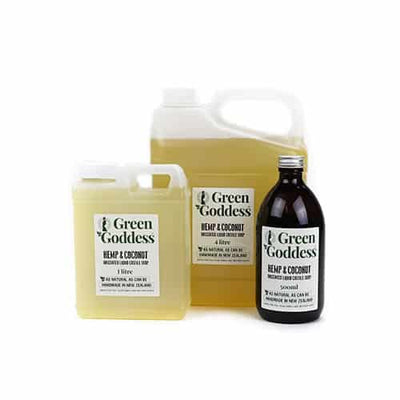
Steph V.
“I absolutely love Green Goddess products! The hemp seed face cream has totally changed my skin for the better - it's super gentle and hydrating. I'm obsessed. Shipping is always fast and the service is amazing.”
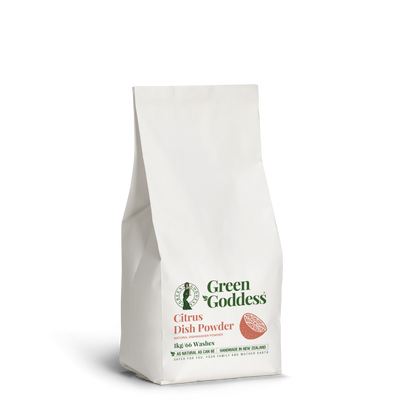
Stu J.
“I use Green Goddess products regularly and love what they're about. I always learn something new about removing toxic chemicals from my daily life, and love saving on plastic packaging; so easy to refill!”




